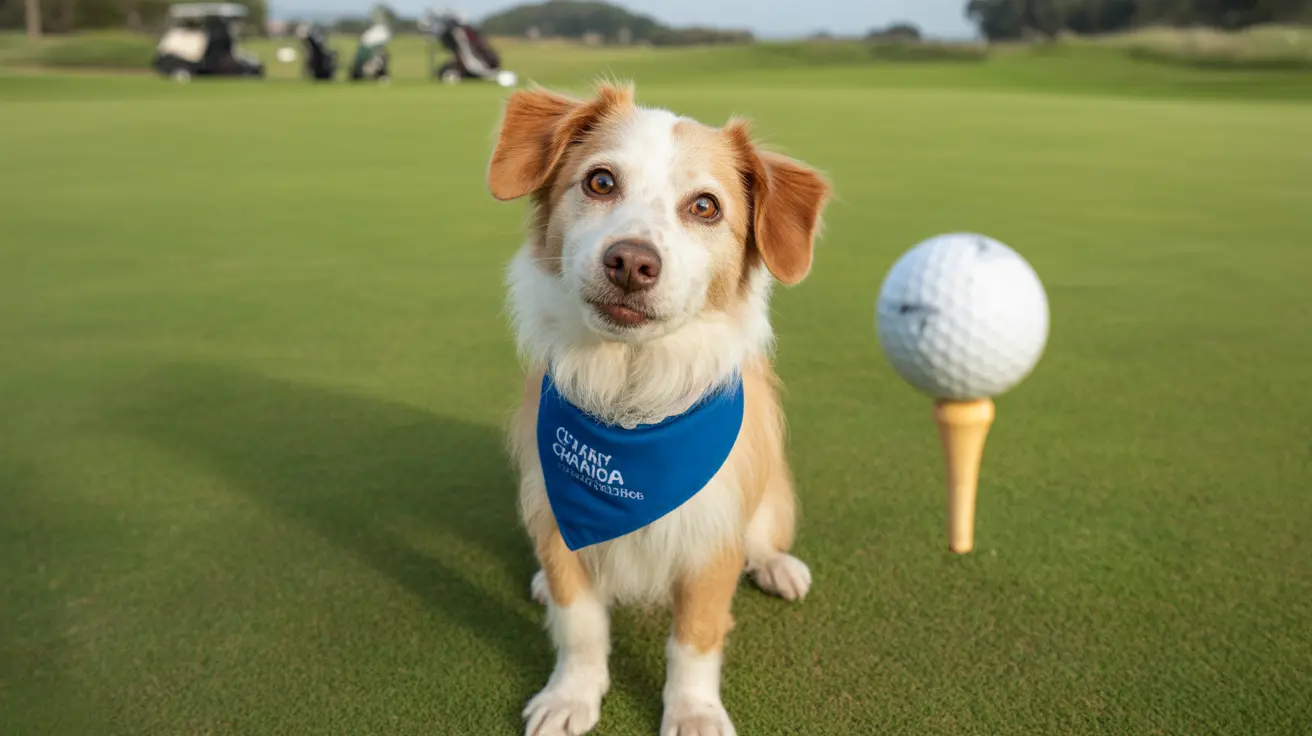Understanding Dog Leg Amputation Surgery
Dog leg amputation is a major surgical procedure that involves removing a limb that has been severely damaged or affected by disease. The surgery is typically recommended in cases of severe trauma, bone cancer, irreparable fractures, or chronic infections that haven't responded to other treatments.
Types of Amputation Procedures
The surgical approach varies depending on which leg requires amputation and the underlying condition:
- Front Leg Amputation: Involves scapulothoracic disarticulation
- Rear Leg Amputation: Includes proximal femoral amputation or coxofemoral disarticulation
- Hemipelvectomy: A more complex procedure involving partial pelvis removal
The Surgery Process and What to Expect
During the procedure, veterinary surgeons take several crucial steps to ensure the best possible outcome:
- Careful vessel ligation to prevent bleeding
- Implementation of nerve blocks for pain management
- Precise skin closure techniques
- Thorough monitoring of vital signs
Post-Surgery Care and Recovery
The initial recovery period typically involves:
- 2-3 days of hospitalization for monitoring
- Pain medication administration
- Regular wound checks
- Gradual activity introduction
Creating a Safe Home Environment
Preparing your home for your three-legged companion is crucial for successful recovery:
- Install non-slip mats or rugs
- Set up ramps for easier navigation
- Create a comfortable recovery space
- Remove potential hazards
Rehabilitation and Long-term Adaptation
Most dogs adapt remarkably well to life on three legs, often returning to normal activities within weeks or months. Working with a veterinary rehabilitation specialist can significantly improve outcomes through:
- Targeted physical therapy exercises
- Balance training
- Muscle strengthening activities
- Gait adjustment assistance
Frequently Asked Questions
How long does it take for a dog to recover after leg amputation surgery?
Recovery typically takes 2-4 weeks for basic healing, with full adaptation occurring within 1-3 months. Each dog's recovery timeline varies based on age, overall health, and which leg was amputated.
What are the risks and complications of dog leg amputation, and how can I spot them?
Common risks include infection, bleeding, and phantom limb pain. Watch for signs like excessive swelling, discharge from the surgical site, fever, or unusual lethargy. Contact your veterinarian immediately if you notice these symptoms.
How can I help my dog adjust to life with three legs after leg amputation?
Support your dog by providing a stable environment, using positive reinforcement, following rehabilitation exercises, and maintaining a healthy weight. Patience and consistency are key during the adjustment period.
How much does dog leg amputation surgery typically cost, and what are the payment options?
Costs typically range from $1,000 to $3,000, varying by location and specific circumstances. Many veterinary clinics offer payment plans or accept pet insurance. Some organizations provide financial assistance for qualifying cases.
Are there any special care tips or home adjustments needed after my dog's leg amputation?
Key adjustments include installing non-slip flooring, creating clear paths through your home, using supportive beds, and possibly adding ramps or steps for furniture access. Regular exercise and weight management are also crucial for long-term success.
Conclusion
While dog leg amputation may seem daunting, most dogs adapt remarkably well and go on to live happy, active lives. Success depends on proper surgical technique, dedicated post-operative care, and patient rehabilitation. With the right support and preparation, your three-legged companion can thrive in their new normal.






